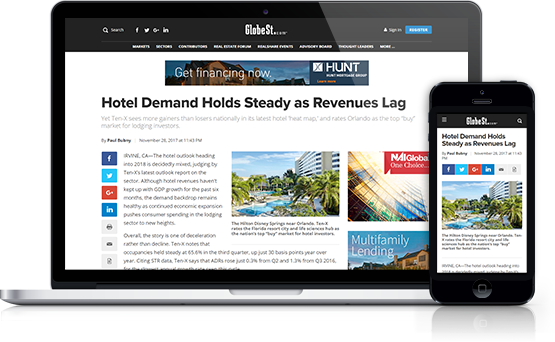PHILADELPHIA, PA—Firms responding to the Manufacturing Business Outlook Survey from the Federal Reserve Bank of Philadelphia say the pace of regional manufacturing activity remained positive but decreased in December. The survey's current indicators for general activity, new orders, shipments, and employment suggest growth; however, their values for this month were significantly lower than last month's. The survey's indicators of future activity show optimism about continued growth over the next six months but declined slightly from last month's readings.
Indicators Suggest Reduced Activity
The survey's broadest measure of manufacturing conditions, the diffusion index of current activity, decreased 16 points, from a reading of 40.8 in November to 24.5 this month. The new orders and current shipments indexes also weakened significantly. The demand for manufactured goods, as measured by the current new orders index, decreased 20 points, from a reading of 35.7 last month to 15.7 this month. Shipments also fell, with its index falling 16 points to 16.1. Despite these declines from November, all the broad current activity indexes show a positive trend over the course of the current year.
Firms' responses suggest deterioration in the labor market compared with November. The current employment index fell 15 points, as the percentage of firms reporting an increase in employees fell from 29 percent in November to 17 percent in December. The percentage of firms reporting a longer workweek was greater than the percentage reporting a shorter workweek (20 percent versus 14 percent). Nonetheless, the workweek index fell almost 2 points, to 6.2.
Firms Report Modest Price Increases
Input price pressures were reported to be slightly lower than last month's: The prices paid index fell 3 points to 14.0 in December. Most firms reported that input prices were unchanged. With respect to prices received for manufactured goods, about 18 percent of the firms reported higher prices in December, and the index rose 1 point, to 12.5.
Future Indicators Weaken but Still Reflect Expected Growth
The diffusion index for future activity edged down 6 points, to 51.9, in December. The future indexes for new orders and shipments both fell 3 points, but a majority of the firms continue to expect increased orders and shipments over the next six months. Firms also pulled back their expectations about employment growth. More than 51 percent of the firms are expecting no change in their employment levels over the next six months, compared with 41 percent last month. While the future employment index decreased, from 31.5 in November to 21.7 in December, the future workweek index rose about 8 points, to 18.3.
Input and Labor Cost Expectations
In this month's special questions, firms were asked about their expectations for changes in various input and labor costs for the coming year. The responses indicate that the largest average-annual increase is expected to be for health benefits (8.2 percent), which is similar to responses to the same questions in recent prior years. Wages and nonhealth benefits are expected to rise only 2.3 percent and 1.3 percent, respectively. Firms were also asked how the expected cost increases will compare with 2014 costs. For most categories, a majority of the firms reported that their costs would remain the same. One exception was the health benefits category, with 67 percent expecting higher costs. The share of firms indicating that their energy costs would be lower in 2014 was 48 percent, while the share that expected their energy costs to be the same was 32 percent.
Want to continue reading?
Become a Free ALM Digital Reader.
Once you are an ALM Digital Member, you’ll receive:
- Breaking commercial real estate news and analysis, on-site and via our newsletters and custom alerts
- Educational webcasts, white papers, and ebooks from industry thought leaders
- Critical coverage of the property casualty insurance and financial advisory markets on our other ALM sites, PropertyCasualty360 and ThinkAdvisor
Already have an account? Sign In Now
*May exclude premium content© 2025 ALM Global, LLC, All Rights Reserved. Request academic re-use from www.copyright.com. All other uses, submit a request to [email protected]. For more information visit Asset & Logo Licensing.








